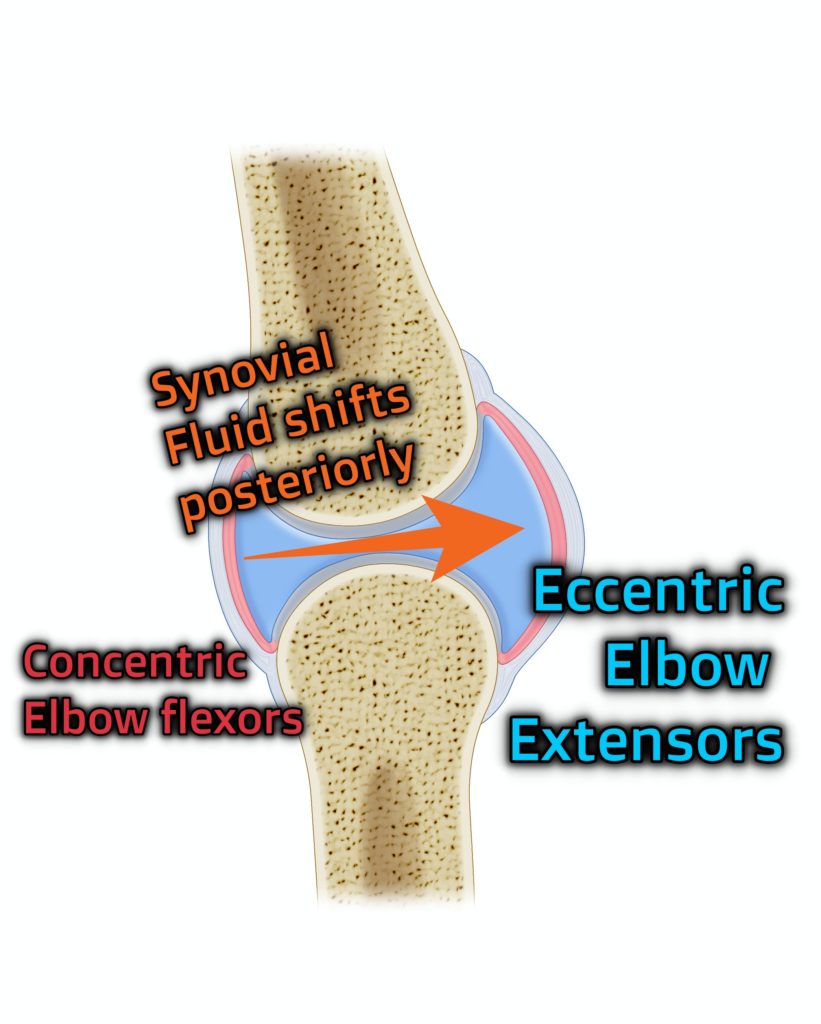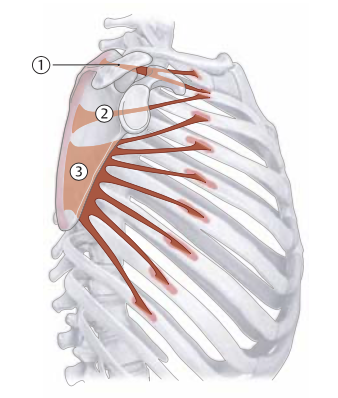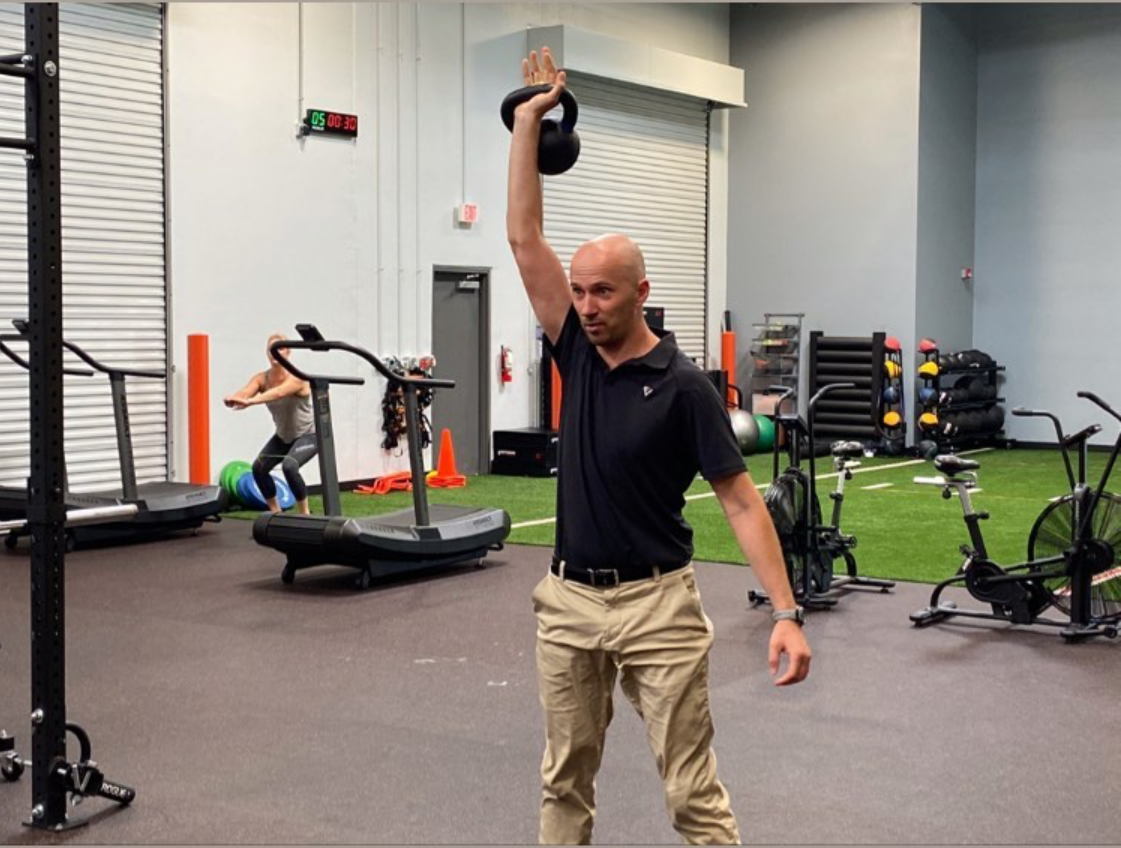Table of Contents
Compression, expansion, limitations, oh my!
Have you ever wondered how muscle contractions impact movement? Or why in the hell we are using fancy terms like compression, expansion, all that mess? Or how does tissue tension create movement limitations?
I get it, the terminology and stuff can be confusing AF, but passing that learning curve will allow you to:
- Figure out why movement limitations happen
- Better make decisions based on the infrasternal angle
- Determine how loading changes contractile orientations
Are you ready to take your programming and exercise selection to the next level?
Then check out Movement Debrief Episode 130!
Watch the video below for your viewing pleasure, or listen to the podcast if you can’t stand the sight of me 🙁
and the audio version:
If you want to watch these live, add me on Instagram.

 t
tShow notes
Check out Human Matrix promo video below:
Below are some testimonials for the class:
Want to sign up? Click on the following locations below:
November 7th-8th, Charlotte, NC (Early bird ends October 11th at 11:55pm!)
February 20th-21st, 2021, Atlanta, GA (Early bird ends January 17th at 11:55 pm!)
May 1st-2nd, 2021, Minneapolis, MN (Early bird ends April 4th at 11:55pm!)
May 29th-30th, 2021 Boston, MA (Early bird ends April 25th at 11:55pm!)
August 14th-15th, 2021, Ann Arbor, MI (Early bird ends July 18th at 11:55pm!)
Dickinson College in Carlisle PA (POSTPONED DUE TO COVID-19) [Approved for 14 Category A CEUs for athletic trainers]
Montreal, Canada (POSTPONED DUE TO COVID-19) [6 CEUs approved for Athletic Therapists by CATA!]
Or check out this little teaser for Human Matrix home study. Best part is if you attend the live course you’ll get this bad boy for free! (Release date not known yet 🙁
Here is a signup for my newsletter to get nearly 5 hours and 50 pages of content, access to my free breathing and body mechanics course, a free acute:chronic workload calculator, basketball conditioning program, podcasts, and weekend learning goodies:
[yikes-mailchimp form=”1″ submit=”Get learning goodies and more”]
Bill Hartman – Bill is a great resource and thought leader on compression, expansion, joint mechanics, and so much more.
In Vivo Observation of Articular Surface Contact in Knee Joints – This was an amazing study that looked at knee joint surfaces under load and extreme end-ranges. THE BONES NEVER TOUCHED!!!!!!! Mad props to the guy who underwent the scope to demonstrate this. Yikes!
Complete Anatomy – This app is my go-to for looking at anatomy in 3d. It’s basically the destroyer of all anatomy textbooks.
Short-Term Effects of Thoracic Manipulation on Lower Trapezius Muscle Strength – This article illustrates how an extension-biased thoracic spine manipulation (Gasp, we touch people!??!?!) improved lower trapezius activity. Perhaps this indicates the lower trapezius as a spinal extender?
Motion of the Shoulder Complex During Multiplanar Humeral Elevation – This article is the gold standard read if you want to learn all the ins and outs of scapulohumeral rhythm.
How do movement limitations happen?
Question: How can I tell if something is being held in place and can’t change position vs something not being able to move any farther because it’s already there (e.g. a door that can’t close because it’s already closed)?
Answer: To learn how a movement becomes limited, we have to look at joint mechanics. Let’s look at a muscle contraction.
If I contract my biceps and my elbow flexes, anterior tissues become concentric. This pushes synovial fluid posteriorly, making posterior tissues eccentric. It looks like this, and my biceps wow and impress everyone:

If my resting bias was this state, I would have decreased elbow extension.
The above graphic is how movement limitations happen.
The limitation occurs because the elbow extensors cannot create enough tension to shift the synovial fluid in the opposite direction, changing the concentric tension of the elbow flexors.
Therefore, the concept of a door that is already closed creating a movement limitations cannot happen.
If the door were “closed” (aka a maximal concentric bias), my elbow would be flexed to the nth degree and I would have absolutely zero extension capabilities.
Although I appreciate da biceps pump as much as the next bloke, we really do not see this much if at all in reality. the only times I can think of would be a contracture or severe structural compromise, which is rare.
But Big Z, what about when I feel that pinch in the front of my hip when I flex, certainly the door must be closed worse than that Teddy Pendergrass song with Cialis, right?!?!?!?
False.
What would happen here is you would have a concentric bias of the hip extensors limiting hip flexion first. The then likely issue you have is a lack of relative motion occurring at the pelvis (aka you can’t counternutate the sacrum, which would be due to concentric bias of nutaters), causing you to hit your perceived end range a lot sooner. In some people, this can lead to a pinch (and not the cool kind that makes you grow an inch).
You can call me Robert Plant because the song remains the same: concentric bias limits fluid shift capabilities, creating a restriction in the opposing direction.
Pursuing extreme flexibility
Question: With pursuing extreme flexibility, 1) how much of this capacity is genetically and/or structurally determined (I’ve pursued this with little progress), 2) how pursuing this level of mobility would fit in or clash with your model, and 3) how and if this can be achieved without long term consequences?
Answer: Let’s break it down Degeneration X-style.
Genetics and structure for flexibility
Genetics and structure play a HUGE role in how well someone does with any activity. There’s a reason elites at almost all sports have similar builds. Runners are tiny and long-framed, NFL linemen are built like fridges.
For people who are very flexible, you need a structure that has a greater eccentric bias. Eccentric tissue action is needed to contort into wild position.
The narrow infrasternal angle with a narrow pelvis has a structure built for eccentric bias.
Thus, the narrow ISA has the best body type for flexible pursuits. That’s likely why prepubescent females absolutely demolish gymnastics. They have narrow ribcages, and the pelvis hasn’t widened yet. Also, because females are inherently more flexible than males, they are prototypical for this sport.

Just because a narrow body type has the ideal structure for pursuing flexibility, that doesn’t mean that people who lack this body can’t pursue the task at a high level, they may just have a lower ceiling than someone who has equivalent features with a different axial structure.
Another thing to consider is when someone began training for their given sport. If you started practicing something at a younger age, it is easier to develop structural adaptations needed for the sport. It’s why kids have an easier time learning languages and musical instruments (the jerks). They have the plasticity to acquire skills easier compared to adults.
It becomes much harder to alter your structure the older you are. Doesn’t mean it cannot happen, but the ceiling is likely lower.
Flexibility training and the model
Pursuing extremes in any task can potentially compromise health, so one must do all they can to support the person as they chase the adaptations they need.
If you are trying to be flexible AF, you will be trying to making your body more eccentrically-biased. It would be wise to do activities that help you generate concentric actions to not push you so far in one direction.
Also, just because you are as eccentric as can be, it doesn’t mean that you have FULL movement options.
Many times, hypermobile peeps have a loss of axial skeleton measures. Hip extension restrictions are also common. If you train these types of people, I would look at axial measures (e.g. infrasternal angle, lower cervical rotation, etc) and movement quality under load to keep an eye on one’s movement capabilities.
Pursuing flexibility while minimizing injury risk
The most important thing with chasing any physical quality is load management.
If you are new to ANY activity, you have to progress slowly. Find a good program or coach that intelligently progresses you towards the task you want to do, and keep track of your workload as you do it. A 10% increase in anything—volume, intensity, new activities—on a weekly-ish basis is a prudent progression. You can also mess with measuring acute:chronic workload with my calculator.
Also, make sure you are keeping the areas you tend to get restricted flexible as can be, keep strong, and ya ought to be in bidness!
Muscle compression and expansion
Question: I’ve heard you mention the role of muscles in compressing or expanding (e.g. the serratus anterior’s role in compressing the rib cage laterally).
I was wondering how I would go about learning more regarding the roles of different muscles in compression and expansion, and how this information could be applied to exercise selection and progressing/regressing movements?
Answer: I wish there was a good anatomy resource, but sadly I haven’t seen a whole lot of anything consider proximal muscle actions, especially when it comes to the axial skeleton (like the serratus).

Most of looking at anatomy this way comes from looking at tissue attachments and visualizing how the body was to move if it contracts. That’s why an app like Complete Anatomy is so useful because you can view the body in ways that anatomy textbooks are limited. These thought experiments and checking yourself with biomechanical research could prove useful.
But instead of sweating individual muscles, I’d prefer looking at how the body has to change its shape and positioning to complete movement tasks. Visualizing movement in this way makes you worry less about muscles and more about movement. Muscles do not act in isolation, so it may not be as realistic to think in isolated actions.
Lastly, compression and expansion are terms commonly used in physics. Compression means molecules get closer together, whereas expansion is molecules spreading apart.
Gases are the matter state which corresponds the most to these terms, whereas liquids and solids are significantly more challenging to change molecular distancing.
Although we are composed of gases throughout our body, I question the accuracy of these terms when it comes to movement. I need to learn more.
Moreover, compression is a scary term to use with clients. Think compression fractures. I don’t want to risk them taking what I say in a maladaptive context.
Because it’s familiar, I gravitate more to concentric (compression) and eccentric (expansion) to describe movement.
How loading influences movement
Question: I just saw your debrief about reaching mechanics and talking with a colleague we have one doubt.
He says that If you reach overhead, you will compress the upper thorax naturally, due to the upward rotation of the scapulae.
Plus, when you add load (which is compression) you will further induce compression.
But in your debrief you said that reaching overhead facilitate T2-T4 expansion
Are the mechanics different under load?
Answer: Upward rotation is often paired with external rotation when we are talking about arm elevation. Scapular external rotation will definitely make the posterior thorax as concentric as can be.
BUT……..
There are a few things we have to consider when going overhead that allow posterior thorax expansion to happen:
- The scapula rests around 41 degrees of internal rotation and moves minimally in the first 60 degrees of humeral elevation (posterior expansion allowed)
- Humeral external rotation creates a relative scapular internal rotation, which happens predominately at the lower and higher ranges of humeral elevation (again, allowing for posterior expansion)
- Although the scapula progressively externally rotates throughout range, the scapula aligns in the scapular plane (45 degrees forward from abduction) at the uppermost limits (giving me posterior expansion) (peep this article to learn more)
- When the scapula upwardly rotates, there will be some eccentric orienting of the downward rotators. The rhomboid perform this action, and run from C7-T5 (giving me some posterior expansion in the upper segments)
Therefore, posterior expansion is TOTALLY possible as you elevate the arm…..until loading happens.

When I start moving the big weights, muscles need to generate hella more tension to complete the task. Meaning you will get more concentric activity, and subsequent compression, of the posterior thorax.
Therefore, heavy loading isn’t all that helpful at getting your upper back mobility on fleek. You’d be better served before lower load activities, unilateral exercises, or rotational stuff to improve your motion back there.
Sum Up
- Movement limitations likely occur when there is an inability to push synovial fluid into a restricted joint area, not because you are already in a particular range.
- Extreme flexibility has structural influences (narrower ribcages have better builds), genetic and epigenetic influences (how early did you acquire adaptations), and must be intelligently progressed through load management and maintaining appropriate movement options.
- To look at proximal muscle actions, performing thought experiments, and looking at three-dimensional anatomy representations are the best way to learn anatomy in this fashion.
- Heavy loading increases concentric demands of muscle to complete the task, reducing movement options.
Image credit: Reytan
